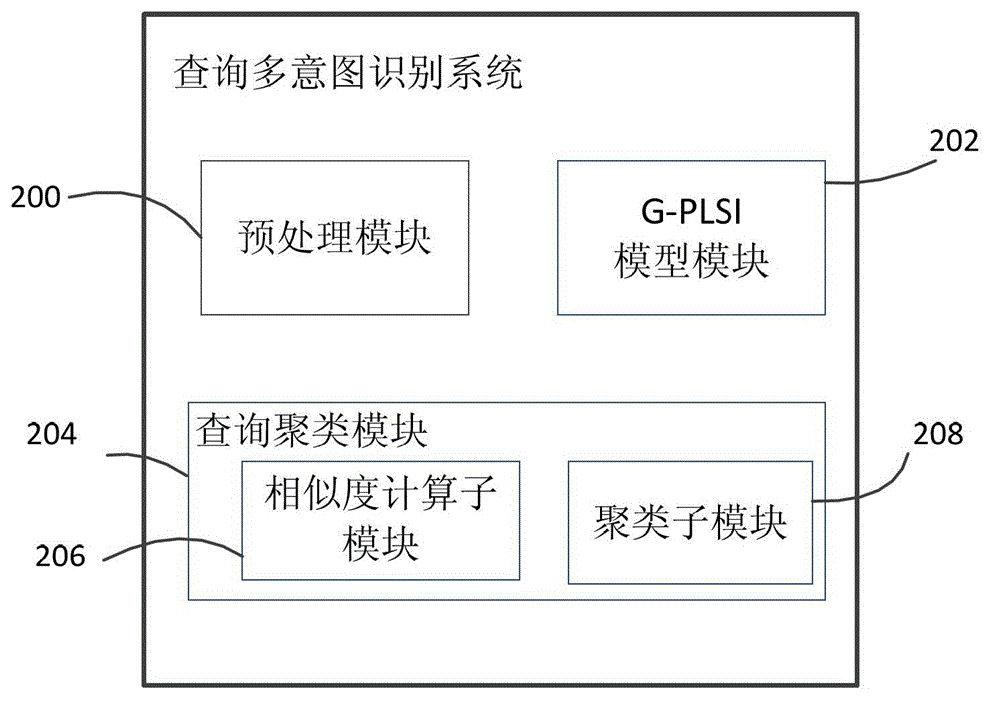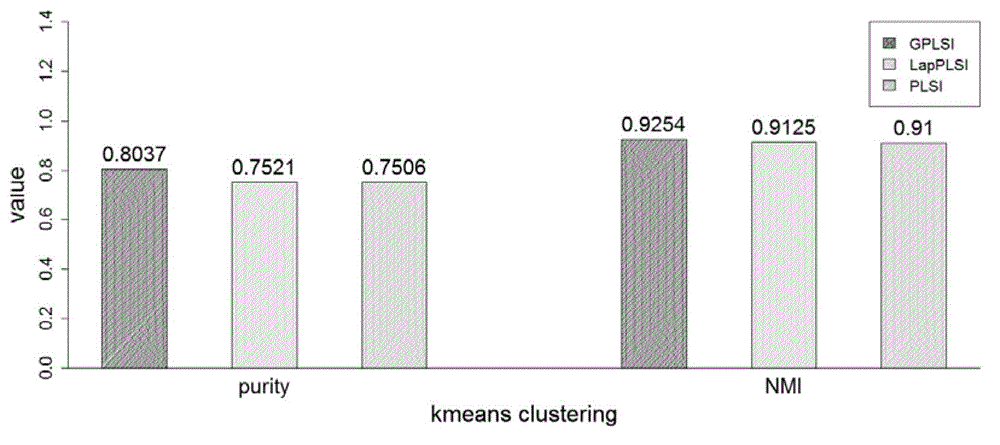Method and system for identifying multiple query intents
A technology of query intent and identification method, which is applied in the field of information retrieval, and can solve problems such as poor identification of user search intent, lack of user search intent, and inability to accurately distinguish between different intents of multi-intent queries.
- Summary
- Abstract
- Description
- Claims
- Application Information
AI Technical Summary
Problems solved by technology
Method used
Image
Examples
Embodiment Construction
[0032] The present invention will be described below in conjunction with the accompanying drawings and specific embodiments.
[0033] figure 1 An embodiment of the query multi-intent recognition method is described, including the following steps:
[0034] Step 100, preprocessing the data.
[0035] In one embodiment, the data used for query multi-intent recognition may include data such as query text obtained from query logs, user click information, and session (session) information. By preprocessing these data, the summary text of the query can be obtained, as well as the co-occurrence times (number of co-occurrences) of different queries in the same link or session.
[0036] In one embodiment, the summary text of the query can be obtained from:
[0037] a) In the query log, the query text content itself;
[0038] b) In the query log, information such as the title of the link clicked by the user when searching for the query, and the text summary in the link;
[0039] c) In ...
PUM
 Login to View More
Login to View More Abstract
Description
Claims
Application Information
 Login to View More
Login to View More - R&D
- Intellectual Property
- Life Sciences
- Materials
- Tech Scout
- Unparalleled Data Quality
- Higher Quality Content
- 60% Fewer Hallucinations
Browse by: Latest US Patents, China's latest patents, Technical Efficacy Thesaurus, Application Domain, Technology Topic, Popular Technical Reports.
© 2025 PatSnap. All rights reserved.Legal|Privacy policy|Modern Slavery Act Transparency Statement|Sitemap|About US| Contact US: help@patsnap.com



